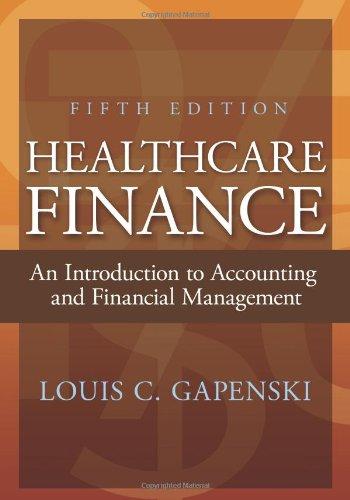7 0.5 points A project that provides annual cash flows of $2.620 for eight years costs $9.430 today. a. At a required return of 8 percent, what is the NPV of the project? (Do not round intermediate calculations and round your answer to 2 decimal places, e.g. 32.16.) b. At a required return of 24 percent, what is the NPV of the project? (A negative answer should be indicated by a minus sign. Do not round intermediate calculations and round your answer to 2 decimal places, e.g., 32.16.) c. At what discount rate would you be indifferent between accepting the project and rejecting it? (Do not round intermediate calculations and enter your answer as a percent rounded to 2 decimal places, e.g., 32.16.) eBook Hint NPV NPV b. eferences % c. Discount rate 8 0.5 points The Wherworth Corporation is trying to choose between the following two mutually exclusive design projects: Year Cash Flow ( Cash Flow (1) 0 -$88.000 -$56.000 1 37.900 11,400 2 48,000 35,500 3 28,000 29,500 eBook References a-1. If the required return is 11 percent, what is the profitability index for each project? (Do not round intermediate calculations and round your answers to 3 decimal places, e.g., 32.161.) a-2. If the company applies the profitability index decision rule, which project should it take? b-1. If the required return is 11 percent, what is the NPV for each project? (Do not round intermediate culations and round your answers to 2 decimal places, e.g., 32.16.) b-2. If the company applies the net present value decision rule, which project should it take? a-1. Project Project II a-2. b-1. Project 1 Project II 9 0.5 points Consider the following two mutually exclusive projects: Year Cash Flow (A) Cash Flow (B) -$425,000 -$40,000 44,000 20,400 62,000 13,300 79,000 18,600 540,000 15,400 eBook References The required return on these investments is 10 percent. a. What is the payback period for each project? (Do not round intermediate calculations and round your answers to 2 decimal places, e.g., 32.16.) b. What is the NPV for each project? (Do not round intermediate calculations and round your answers to 2 decimal places, e.g., 32.16.) c. What is th RR each project? (Do not round intermediate calculations and enter your answers as a percent rounded to 2 decimal places, e.g., 32.16.) d. What is the profitability index for each project? (Do not round intermediate calculations and round your answers to 3 decimal places, e.g., 32.161.) e. Based on your answers in (a) through (d), which project will you finally choose? a. Project A Project B b. Project A years years Drniert R 10 Bausch Company is presented with the following two mutually exclusive projects. The required return for both projects is 19 percent Year 0.5 point 1 2. 3 4 Project M - $140.000 63,500 81,500 72,500 58,500 Project N -$355,000 152.500 180,000 137,500 110.000 References a. What is the IRR for each project? (Do not round Intermediate calculations and enter your answers as a percent rounded to 2 decimal places, e.g., 32.16.) b. What is the NPV for each project? (Do not round intermediate calculations and round your answers to 2 decimal places, e.g., 32.16.) c. Which, if either of the projects should the company accept? % % a. Project M Project N b. Project M Project N c. Accept project










